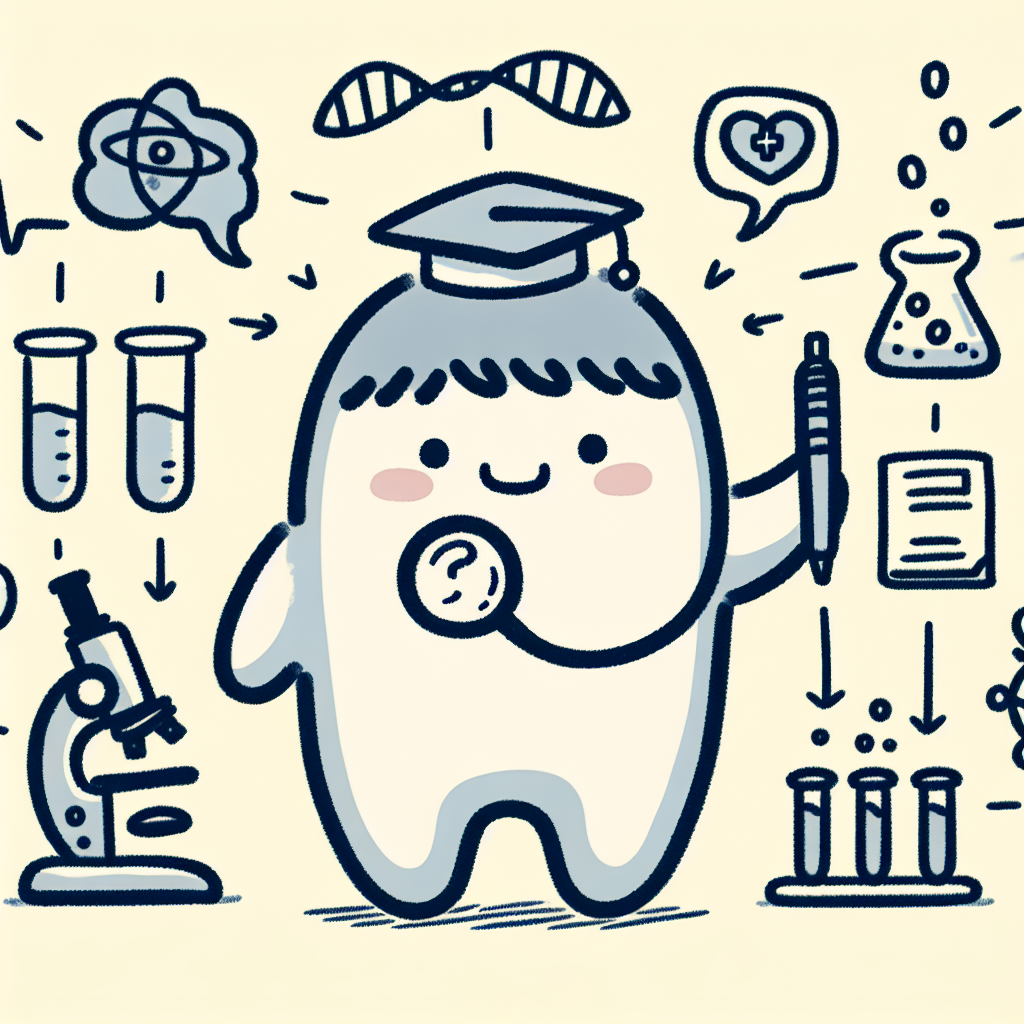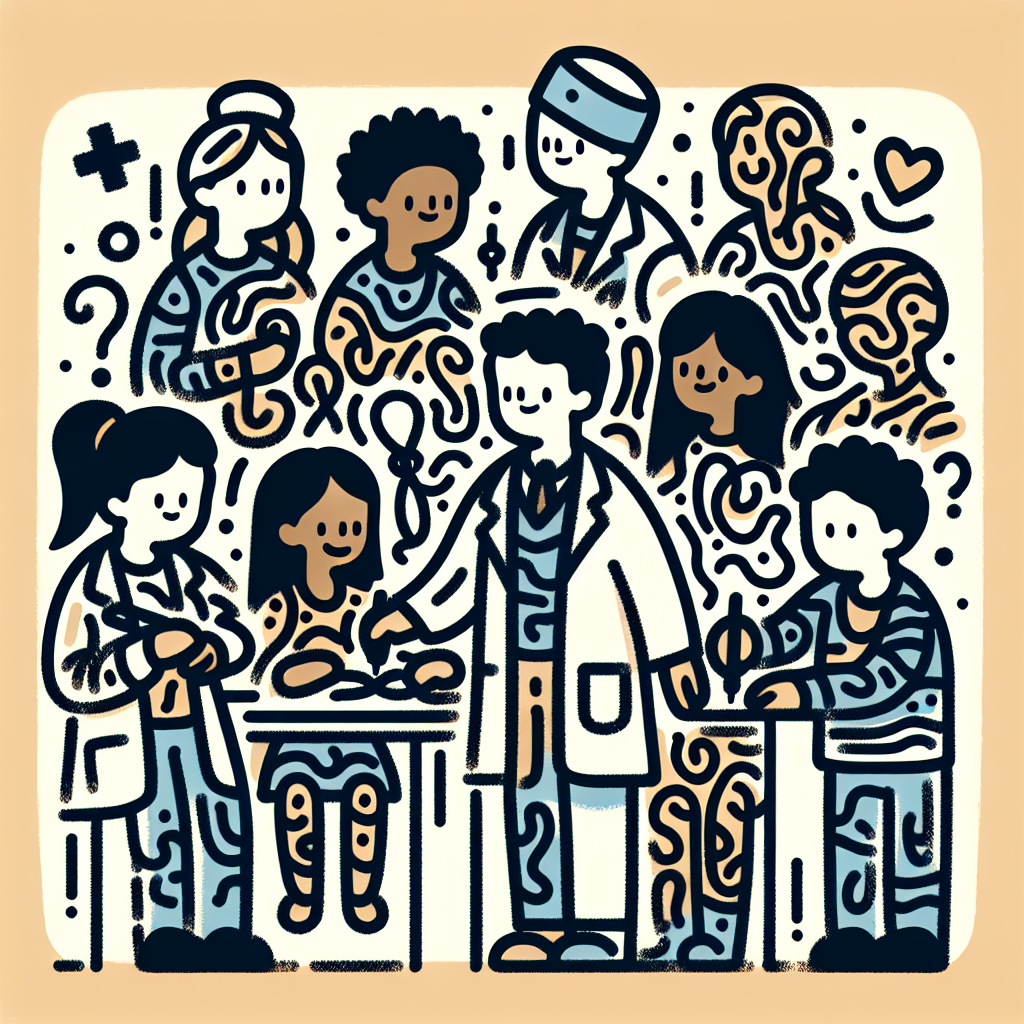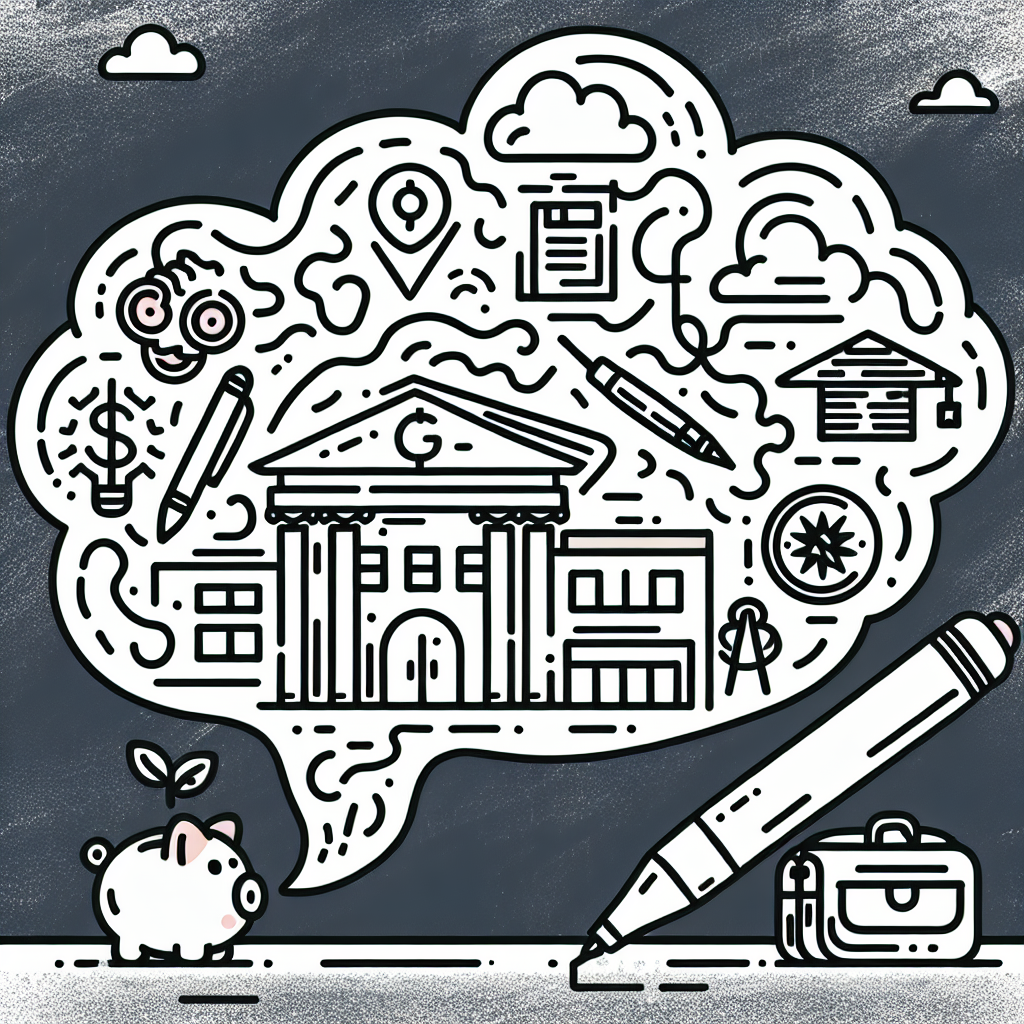Introduction
Interest in early exposure to medical careers is on the rise, especially among high school students eager to explore the healthcare field before committing to a college path. Medical internships for high school students provide valuable opportunities to gain real-world experience, build professional skills, and make informed decisions about future education and career goals.
Structured internship programs are especially important for this age group. They offer hands-on learning in a supervised environment, helping students understand the demands and rewards of medical professions. These programs also help students build networks and improve their college applications.
Despite the benefits, access to internships remains limited. According to a 2020 ASA study, only 2% of high school students had completed internships. This statistic highlights the untapped potential and the need for more accessible opportunities in medical internships for high school students.
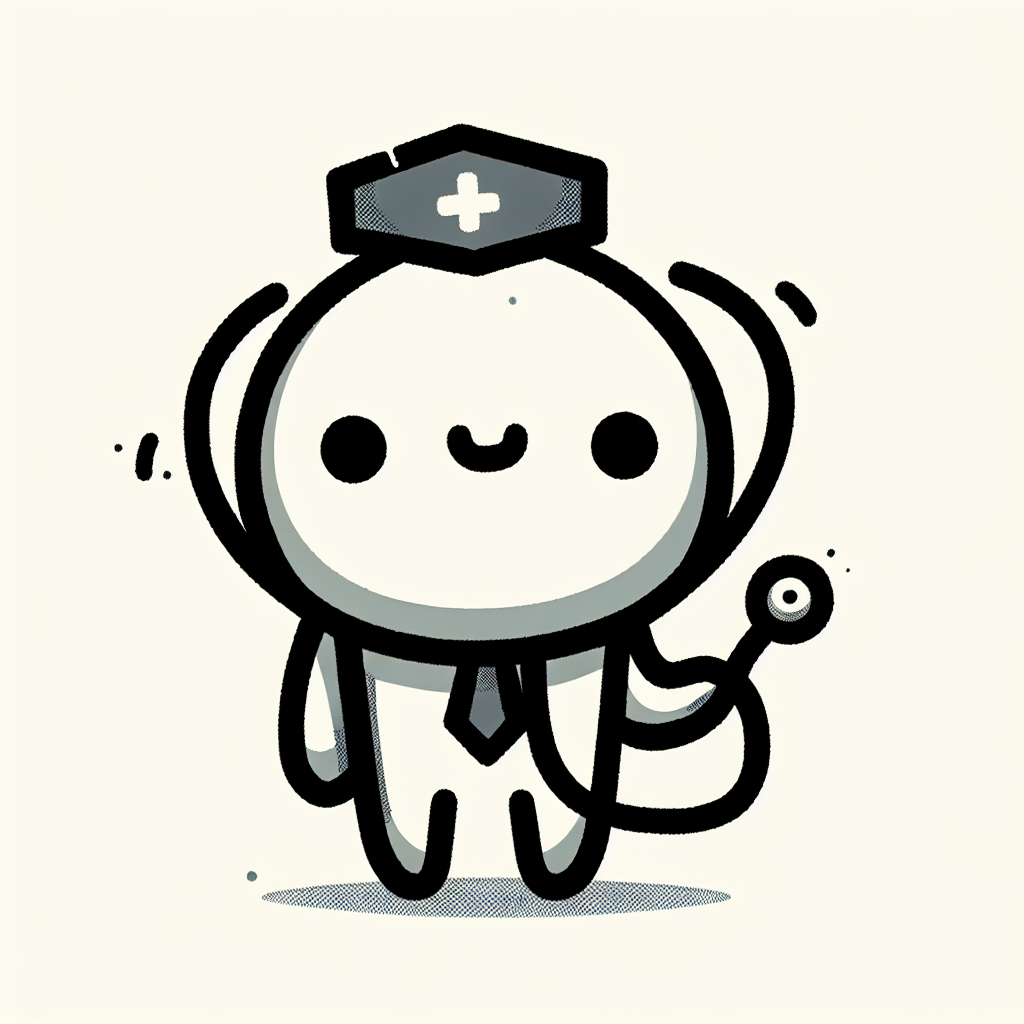
The Value of Medical Internships in High School
Medical internships for high school students offer significant value in shaping both academic and professional outcomes.
Academic and Career Development
Getting early exposure to medical fields allows students to explore their interests and assess their aptitudes before committing to a career path. Through these internships, students begin to build a foundational understanding of biology, chemistry, and healthcare ethics, which are essential components of medical education. Participation also strengthens college applications, particularly for competitive pre-med tracks, by demonstrating a proactive commitment to the field.
Real-World Experience
Medical internships for high school students commonly include opportunities to shadow healthcare professionals such as doctors, nurses, and medical researchers. These internships may take place in hospitals, clinics, or research labs, offering hands-on learning experiences that go beyond the classroom. In addition to technical exposure, students develop essential soft skills like communication, teamwork, and professionalism, which are critical in any medical environment.
Long-Term Career Impact
The long-term benefits of medical internships for high school students are supported by research. According to a University of Alabama at Birmingham study, 99% of program participants chose STEM majors for college, and 97% ultimately entered STEM careers. These internships help students set realistic expectations and goals, making them more prepared and confident as they pursue medical or scientific careers.

Types of Medical Internships for High School Students
Medical internships for high school students come in several forms, each offering different kinds of exposure to the healthcare field.
Clinical Exposure Programs
These programs allow students to observe healthcare professionals in real-world settings. Through physician and nurse shadowing, students witness patient care and clinical decision-making firsthand. Many programs also offer rotations through various hospital departments such as emergency medicine, pediatrics, and pathology, giving students a broad view of medical specialties.
One notable example is Northwell Health's FutureReadyNYC, which enables students to gain hands-on experience and confirm their interest in healthcare careers.
Research-Focused Internships
These internships immerse students in scientific investigation and lab work. Participants assist with ongoing medical or biomedical research and receive mentorship from academic researchers. Such experiences are valuable for students interested in the science behind medicine.
Examples include the Stanford Institutes of Medicine Summer Research Program (SIMR) and the Stanford Medical Youth Science Program (SMYSP), both of which offer intensive research opportunities under expert guidance.
Community Health and Volunteering Opportunities
Some medical internships emphasize service and public health. Students may work in outreach or education programs, volunteer in clinics, retirement homes, or support health-related nonprofits. These experiences help students understand healthcare delivery in community settings.
According to the AAMC, high school students should seek volunteer and shadowing opportunities to gain practical insights into the medical profession and build a foundation for future careers in healthcare.
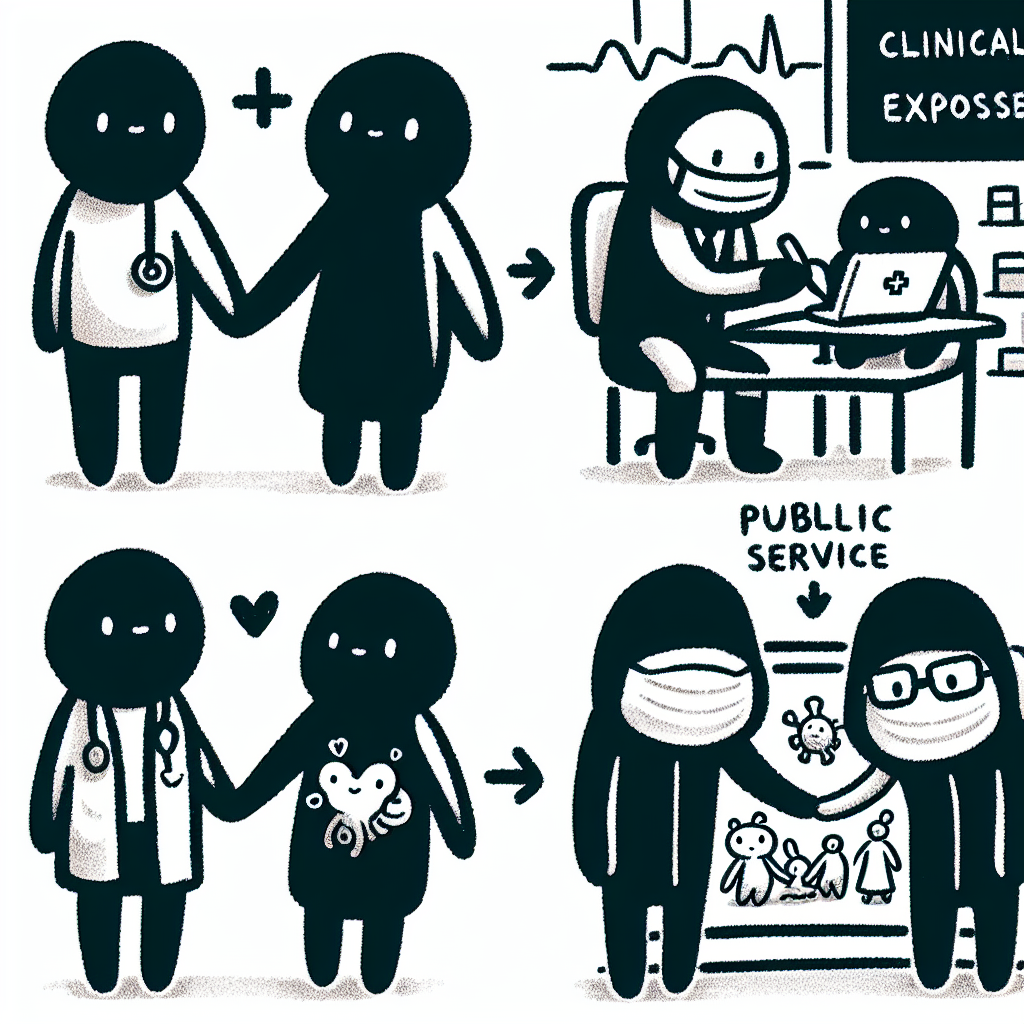
Benefits of Participating in Medical Internships
Participating in medical internships for high school students offers a range of tangible benefits that support academic and professional growth.
College and Career Readiness
Medical internships for high school students help build confidence and motivation by placing students in real healthcare environments. Through direct observation and hands-on experiences, students gain a clearer understanding of what a career in medicine entails. This exposure helps them make informed decisions about college majors and future career paths. In addition, many internships provide access to mentorship, letters of recommendation, and networking opportunities with professionals in the field, which can be valuable for college applications and future job prospects.
Skill Development
Students involved in medical internships for high school students develop essential skills such as effective communication with diverse patients and healthcare professionals. They are introduced to medical terminology and clinical procedures, which can give them a head start in future medical studies. Interns also sharpen their critical thinking and problem-solving abilities by engaging in real-life scenarios that require quick decision-making and adaptability.
Promoting Diversity and Inclusion
Many programs offering medical internships for high school students, such as the Stanford Medical Youth Science Program (SMYSP), are designed to promote diversity in the medical field. These initiatives aim to expand access for students from underrepresented and underserved communities, fostering a more inclusive healthcare workforce. By participating in these programs, students not only gain exposure to the medical profession but also contribute to a broader effort to increase representation in medicine.

How to Find and Apply for Medical Internships for High School Students
Finding and applying for medical internships for high school students involves a structured approach that helps increase your chances of acceptance. These internships are highly competitive, so following a clear process is essential.
Step-by-Step Guide
- Self-assessment: Begin by identifying your interests within the medical field. Consider whether you're drawn to research, patient care, or public health. Clarifying your goals will help you target internships that align with your aspirations.
- Research: Use resources such as school counselors, who may have connections with local hospitals or universities. Explore online databases like the AAMC’s Aspiring Docs and check program websites for details about eligibility and application requirements.
- Prepare Application Materials: Gather and polish your resume to highlight relevant coursework, volunteer work, and extracurricular activities. Write a personal statement explaining your interest in healthcare and what you hope to gain from the internship. Ask trusted teachers or mentors for recommendation letters well in advance.
- Apply Early: Many medical internships for high school students have early deadlines and limited spots. Submitting your application ahead of time shows initiative and increases your chances of being considered.
- Interview and Follow-up: If selected for an interview, prepare by practicing common questions and demonstrating your enthusiasm for the program. Afterward, send a thank-you note to express appreciation and reinforce your interest.
Where to Look
Opportunities for medical internships for high school students can be found in several places:
- Local Institutions: Check with nearby hospitals, medical schools, and universities. Many offer summer programs or volunteer opportunities specifically for high school students.
- National Programs: Prestigious programs such as the Stanford Institutes of Medicine Summer Research Program (SIMR) and the NIH High School Summer Internship Program provide in-depth exposure to medical research and are open to students nationwide.
- Online Databases: Platforms like the AAMC’s Aspiring Docs offer searchable listings of internships and other enrichment opportunities for students interested in medicine.
By following this step-by-step process and exploring various sources, students can identify and apply for the medical internships that best suit their goals and interests.

Current Gaps and Opportunities
Limited Access
Despite growing interest, medical internships for high school students remain largely inaccessible. According to a study by the American Student Assistance (ASA), only 2% of high school students participate in any form of internship. Key barriers include a lack of awareness about available programs, transportation challenges, and strict eligibility requirements that may exclude younger or under-resourced students.
Role of Schools and Policymakers
Schools and policymakers play a crucial role in expanding access to medical internships for high school students. Encouraging partnerships between school districts and local healthcare providers can open up more internship slots. Funding and logistical support should be prioritized for students from low-income or rural backgrounds, who often face the greatest access barriers. Additionally, integrating internships into the academic curriculum or making them a graduation requirement could increase participation and underscore their educational value.

Spotlight: Leading Programs and Case Studies
Several standout opportunities exemplify the impact of medical internships for high school students. These programs offer hands-on experience, mentorship, and a pathway into STEM and healthcare careers.
Stanford Medicine Programs
Stanford Medicine offers two prominent programs tailored for high school students: the Stanford Institutes of Medicine Summer Research Program (SIMR) and the Stanford Medical Youth Science Program (SMYSP). Both programs are designed to support high-potential students, particularly those from diverse and underserved backgrounds. Participants engage in biomedical research projects under the guidance of Stanford faculty, gaining exposure to laboratory techniques and scientific methods. Mentorship and academic enrichment are core components, helping students build a strong foundation for future medical and science-related pursuits.
Northwell Health’s FutureReadyNYC
FutureReadyNYC, a program by Northwell Health, provides immersive hospital-based medical internships for high school students in New York City. The initiative emphasizes career exploration and professional readiness. Students rotate through various hospital departments, interact with healthcare professionals, and develop practical skills relevant to medical careers. The program also includes workshops on resume writing, interview preparation, and college planning, ensuring participants are better prepared for future opportunities in healthcare.
UAB Summer Science Institute III
The University of Alabama at Birmingham (UAB) hosts the Summer Science Institute III, a selective program aimed at rising high school seniors with a strong interest in STEM. With a proven track record, the program has successfully guided numerous students toward higher education and careers in science and medicine. Participants engage in intensive lab work, collaborate on research projects, and attend seminars led by university faculty. This program exemplifies how structured medical internships for high school students can foster long-term academic and professional achievement.
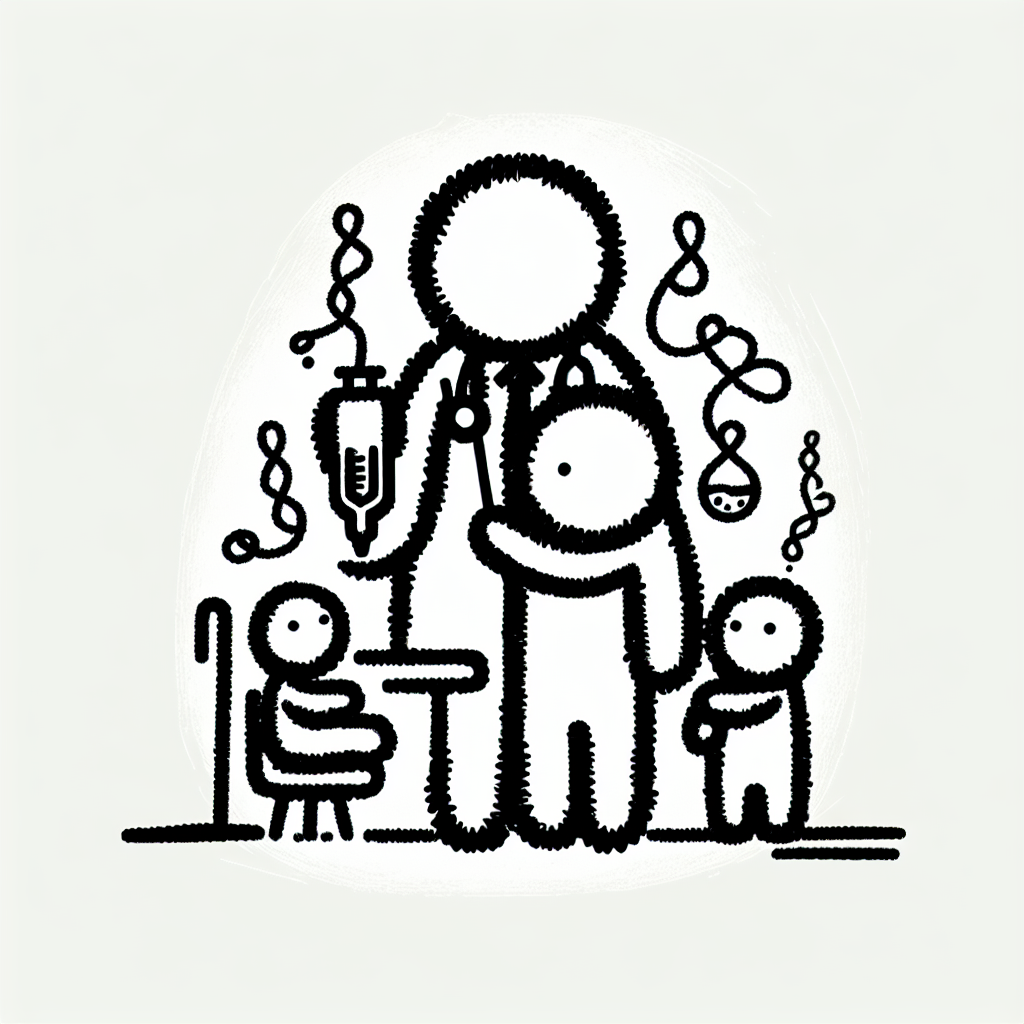
Conclusion
Medical internships for high school students are a powerful tool for early career exploration, academic development, and promoting equity in healthcare. These opportunities allow students to gain hands-on experience, build valuable skills, and make informed decisions about their future in the medical field. For students from underrepresented backgrounds, internships can also serve as a critical step toward closing gaps in access to healthcare careers.
To maximize the impact of medical internships for high school students, institutions, families, and communities must work collaboratively. Schools and medical organizations should expand and support internship programs, while families can encourage participation and provide guidance. Community involvement is essential to ensure that opportunities are equitable and accessible to all students, regardless of background or resources. Only through shared effort can these internships reach their full potential in shaping the next generation of healthcare professionals.
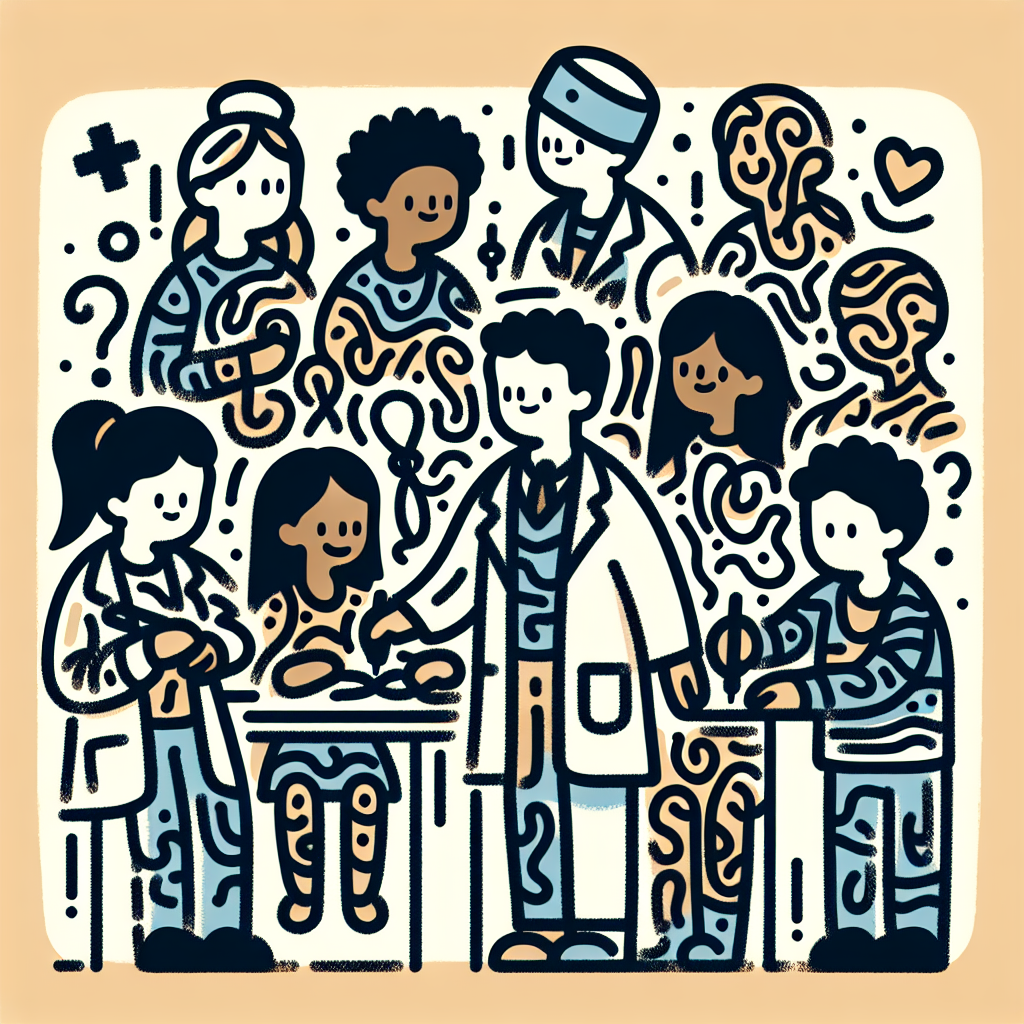
Additional Resources
For students interested in exploring medical internships for high school students, the following resources provide valuable information and opportunities:
- AAMC – Information for High School Students: Offers guidance from the Association of American Medical Colleges on how high school students can gain exposure to the medical field.
- Stanford Medicine – High School Programs: Details Stanford’s various educational programs designed for high school students interested in medicine and biomedical research.
- Northwell Health – FutureReadyNYC: Highlights Northwell Health’s internship initiatives that support college and career readiness through hands-on medical experiences.
- UAB – Summer Science Institute III Study: A published study examining the outcomes of a summer science program for high school students, with a focus on engagement in STEM and medical careers.
- ASA – Rise of High School Internships: Discusses national trends in high school internships, including the growing popularity and benefits of medical internships for high school students.
